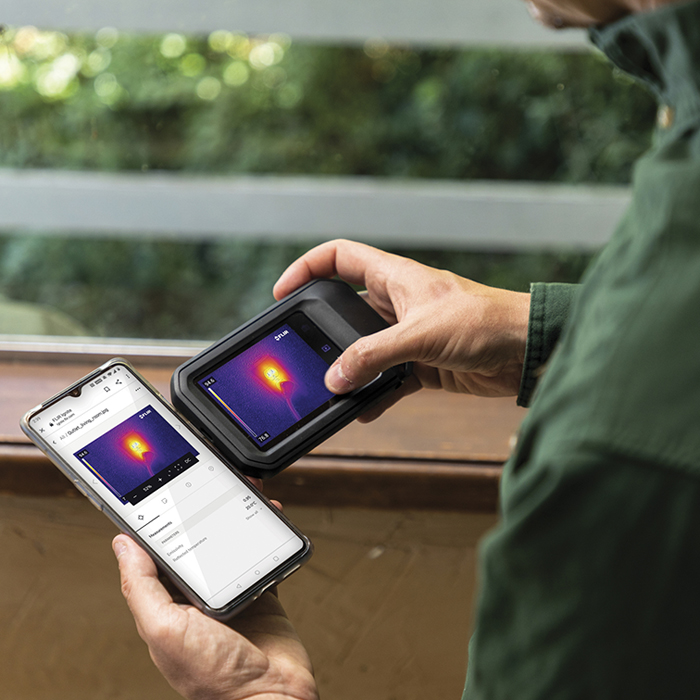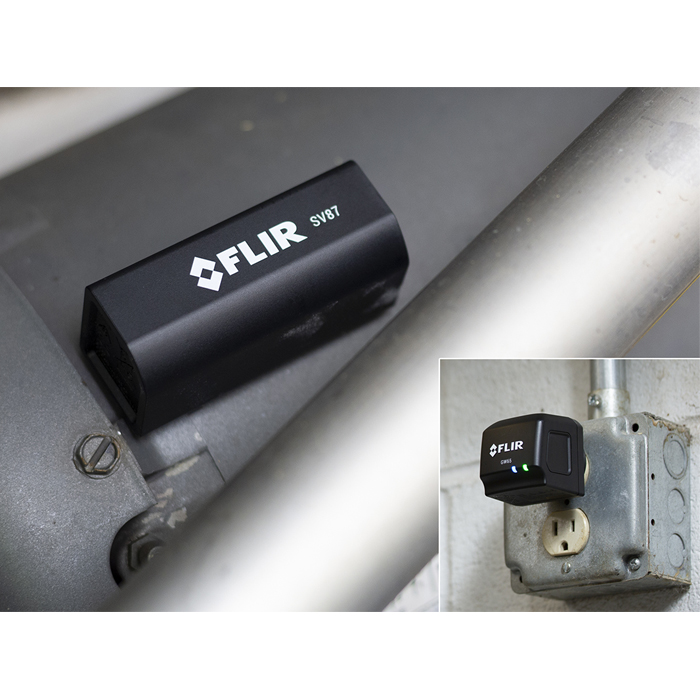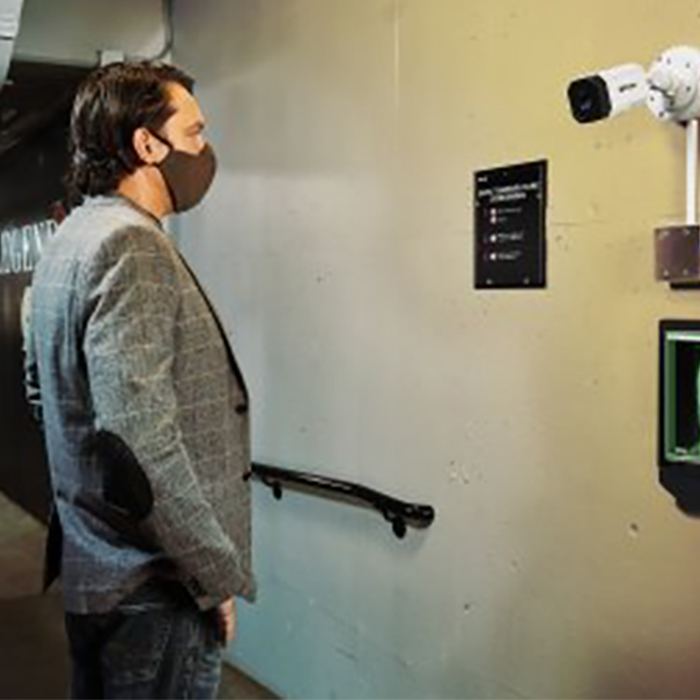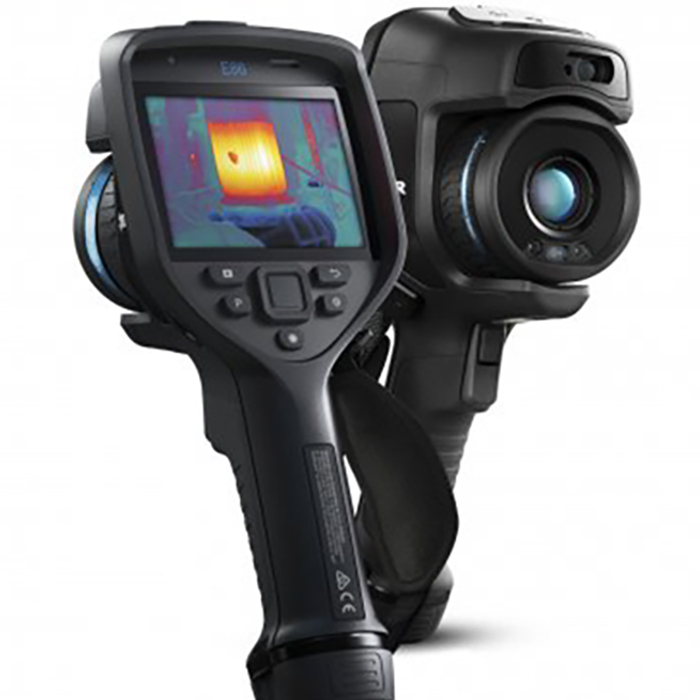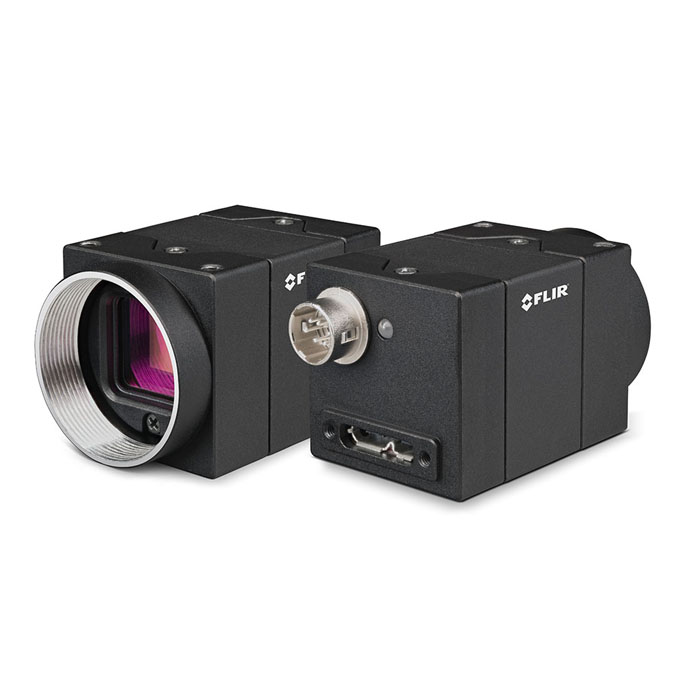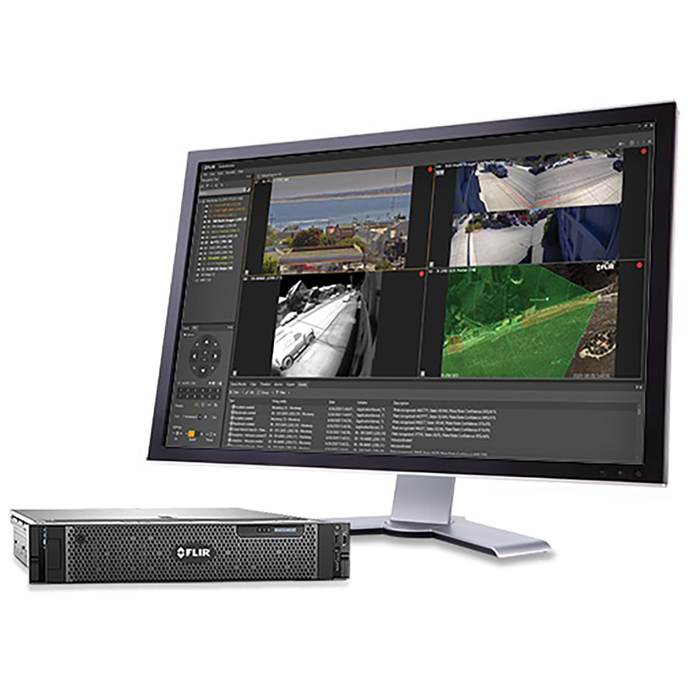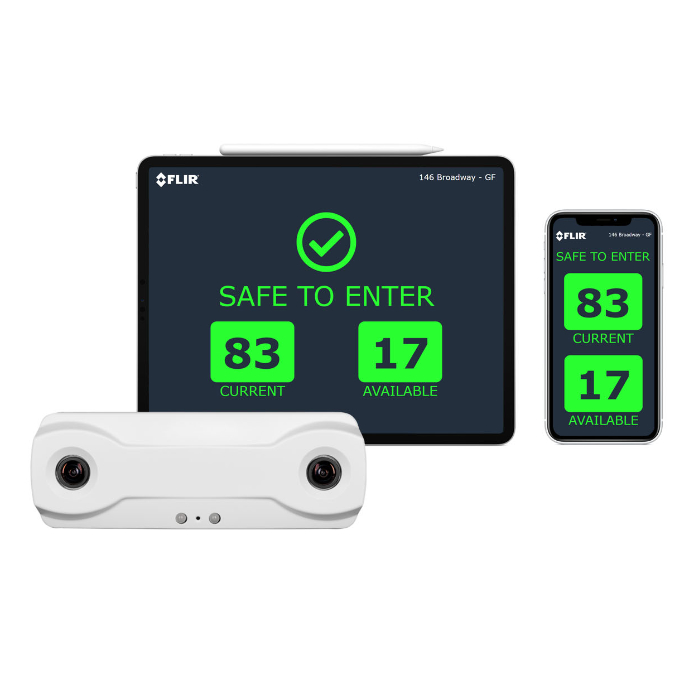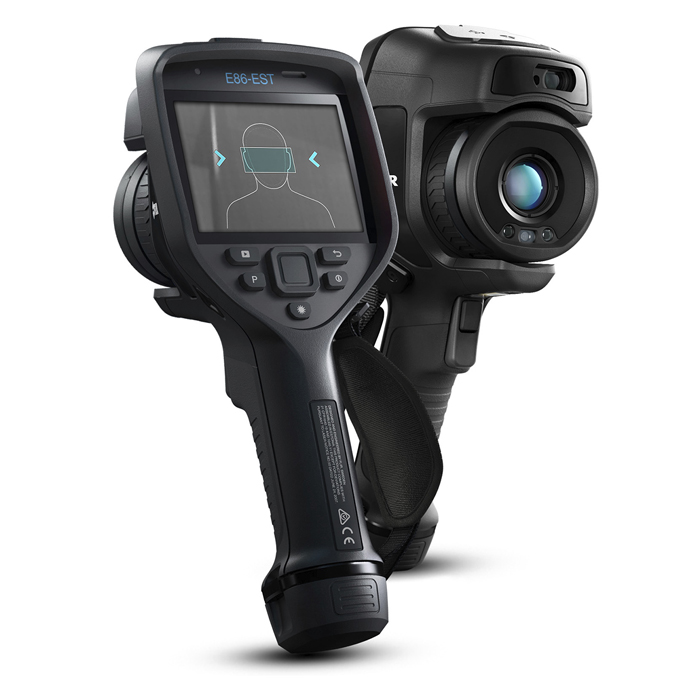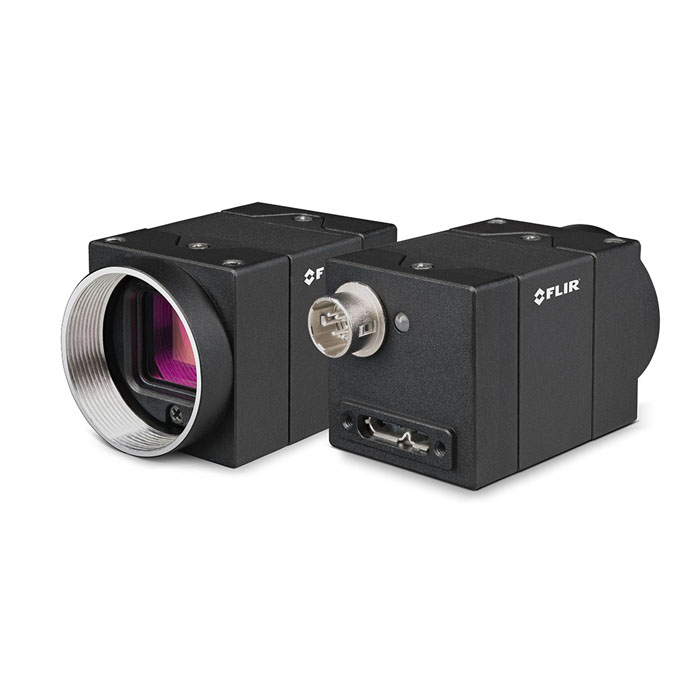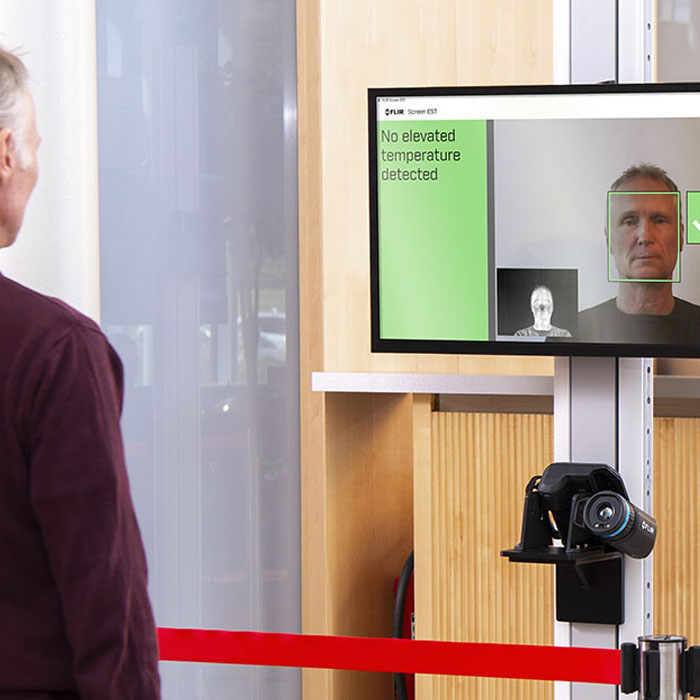Featuring a 128x96 pixel thermal camera, a 5MP visual camera and FLIR MSX image enhancement to easily identify hidden building problemsHaving the ability to effectively inspect, diagnose, and document trouble spots is crucial for property managers, facilities maintenance staff, building inspectors, contractors, electricians, service technicians, plumbers, and even homeowners. It requires the aid of effective tools, including thermal imaging, to quickly recognize and resolve those trouble spots. That´s why FLIR has introduced its latest entry-level Cx-Series camera, the FLIR C3-X™, a compact thermal camera packed with features that can help users confidently find faults in close range. It easily fits in a pocket or tool bag, is tough enough for any job, and available at a price point that building professionals and homeowners can afford.
FLIR Launches Always-On Vibration and Temperature Condition Monitoring Kit for Industrial Inspection
The new FLIR SV87-KIT Offers a Low Cost, Easy-to-Configure, and 24/7 Remote Vibration and Temperature Sensing SolutionOften before industrial machinery start showing issues that require immediate maintenance, pending problems can be detected through minute vibration changes. Therefore, the first component of effective condition monitoring is a combined remote vibration and temperature sensing monitoring solution.

